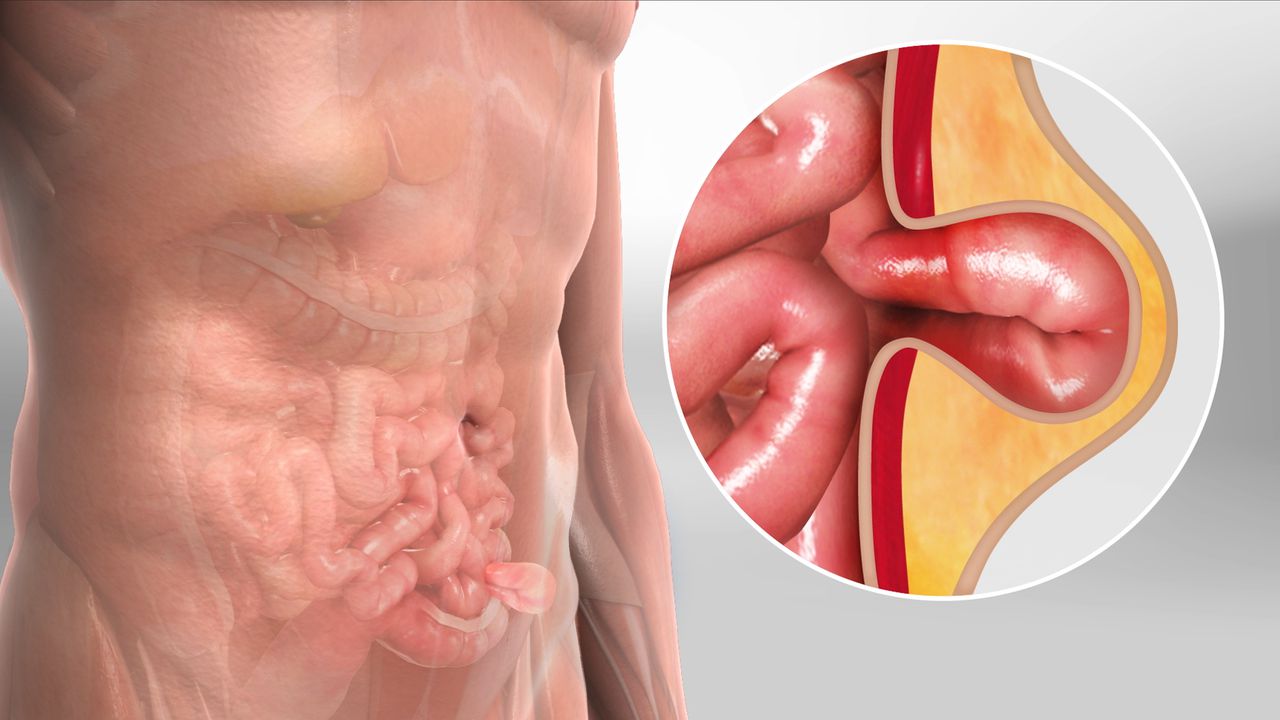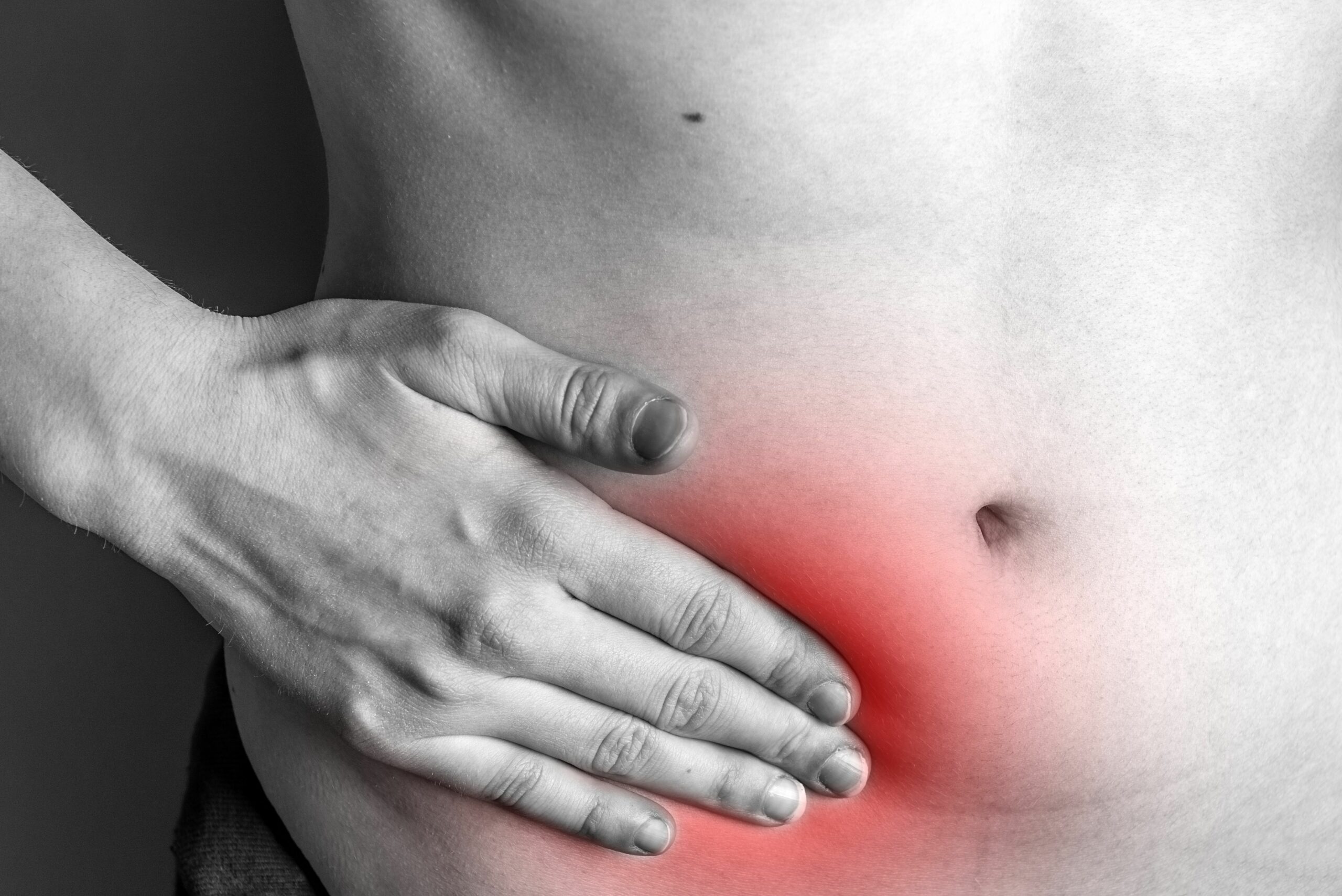Hernia and Hernioplasty

What is a hernia?
A hernia is basically any bulging of an organ or tissue through a cavity due to a weakness in the muscle structure. It occurs as a result of a weak spot in the muscle due to old age, a previous operation, or injury. When the muscle is weak, any increase in the pressure within that cavity may lead to an organ within it protruding out from its original site into the weak spot. Another reason why a hernia can develop is due to a congenital or birth defect which leads to certain openings like the inguinal canal or umbilicus remaining open instead of being closed at birth. This will lead to hernias in babies detected after birth or several months afterward.
What are the most common locations in the body where hernia can develop?
The common locations of hernia will be in the inguinal region and the umbilicus. Both inguinal and umbilical hernias are very common and occur due to a weakness in the abdominal muscle. This weakness causes a part of the abdominal organ to protrude through whenever the patient has excessive straining; such as during heavy lifting, prolonged cough, or when passing motion. While the hernias are initially small and can be manually pushed back inside, if left untreated they may get bigger as the muscle gets weaker and eventually may lead to pain if the organ that protrudes out is stuck and unable to be pushed back inside.
What is a hernia-related common problem seen among patients?
There are many patients who came because of their hernias, especially inguinal and umbilical hernias. Most of them are adults aged 30 years old and above. Another common age range is children between the age of 6 months to 5 years old due to birth defects.
What are the more common causes of hernia?
The commonest cause will be the age factor;
- As you age, there is an increased risk of developing weakness in the muscle layers.
- Patients who have had chronic constipation
- Patients who have a chronic cough
- Those who do a lot of heavy lifting; for example bodybuilders.
All these risk factors have one thing in common which is an increase in the pressure within the abdomen causing the organ inside it to protrude out from its original location through the muscle. Another risk factor for hernia is the presence of any abdominal wound as a result of an abdominal surgery that was done previously. The scar that cuts through the abdomen that occurs as a result of the surgery, although healed, will not be as strong as the original uncut muscles, and hence a hernia may develop through the scar.
What are the possible signs that someone has a hernia?
The main suspicious sign is that there will be an unusual bulging noticed at a particular body region that was not seen previously. This bulging can be manually pushed back inside when pressed. There may be some discomfort or pain when trying to reduce it. If the bulging is unable to be reduced or if the patient develops pain, that is a sign of strangulation or obstruction at the point of the hernia, and it is considered an emergency whereby the patient must immediately seek a doctor to help reduce the hernia. This must be done urgently to avoid blood supply of the organ or tissue content within it to be compromised as a result of strangulation, leading to ischemia or death of the organ or tissue.

Why is it important to seek medical attention early? What are the consequences of letting a hernia go untreated?
Any hernia if left untreated can get bigger. Though the bulging seems bigger, the neck of the hernia or the point of origin of the defect is usually the same size as previously. This will lead to difficulty in trying to push back the hernia content into the abdomen and in some cases strangulation of the organ within it (usually the intestine).
How is a hernia diagnosed?
Most hernias are diagnosed in the clinic by the doctor when they conduct a physical examination and do some tests to ascertain the presence of a hernia. Imaging such as an ultrasound or a Computed Tomography (CT) scan can complement the findings and will be able to view the content of the hernia itself.
Repairing Hernia
What are the types of surgeries available to address hernia?
- Types of surgery
There are 2 ways of repairing a hernia which is :
- Via an open method: making an incision on the hernia itself and repairing it directly
- A laparoscopic method: repairing the hernia using laparoscopic equipment.
The pros and cons of each surgery (including downtime, if any)
Both types of surgery have their pros and cons. The advantages of an open method will be a faster operation time and better handling of the content, especially in an irreducible or strangulated hernia. However, the wound will be slightly bigger and the healing time slightly prolonged. As for the laparoscopic method, the healing time is faster due to smaller wounds. However, the operation takes longer and is more suited to smaller hernias.
How does a surgeon decide which type of surgery is suitable for the patient?
One of the determining factors is the preference of the surgeon. Some surgeons are more comfortable in doing the open method as it has become second nature to them. Another reason will be the location and size of the hernia. Smaller and (bilateral; left and right) hernias are better to be done laparoscopically as opposed to a bigger and irreducible hernia. The other factor will be the general condition of the patient. The laparoscopic method needs to be done under general anaesthesia; hence the patient must be relatively healthy without any severe illness that might impact the heart or the lungs while the patient is under general anaesthesia. Whereas, an open method can be done by giving local anaesthesia at the site of the hernia or by giving a spinal block to momentarily block the nervous system from the umbilicus downwards. Do consult with your doctor about the best method for you as each patient has different circumstances.
Are any follow-ups needed after surgery?
Generally, follow-up in the clinic is needed for the first 6 months. The first follow-up is for the doctor to inspect the wound. Subsequent follow-ups within the next few months are to look at the patient’s general condition and to make sure the patient does not have any recurrent hernias. Any risk factors for the hernia need to be addressed such as why a patient has constipation or chronic cough.
After undergoing hernia surgery, is there a chance of the patient experiencing a hernia at the same spot/other location in the future?
Yes, a hernia may recur at the same spot if the initial risk factors for a hernia are not dealt with. Another different hernia may also develop elsewhere. The patients will need to consult with the doctor regarding how to tackle the risk factors and treat them. A certain patient will need some specific lifestyle modifications such as reducing lifting heavy weights and cessation of smoking.
How can one reduce their risk of developing a hernia, if that is possible?
To reduce the risks, one will first need to identify the risk factors of getting a hernia. As I mentioned previously, avoid any excessive straining to the abdomen such as lifting heavy weights and constipation. Any chronic cough will need to be addressed. A person must keep a healthy lifestyle by eating healthy food, maintaining normal body weight, and stop smoking. A high fiber diet may help you to prevent constipation after the doctor has ruled out any other sinister cause of constipation. After abdominal surgery, patients are advised to wear an abdominal corset for at least 3 months to give some support to the abdominal muscle and prevent a hernia from occurring.
Article by Dr. Ahmad Muhsin Mohammad Nor, Consultant General Surgeon.

